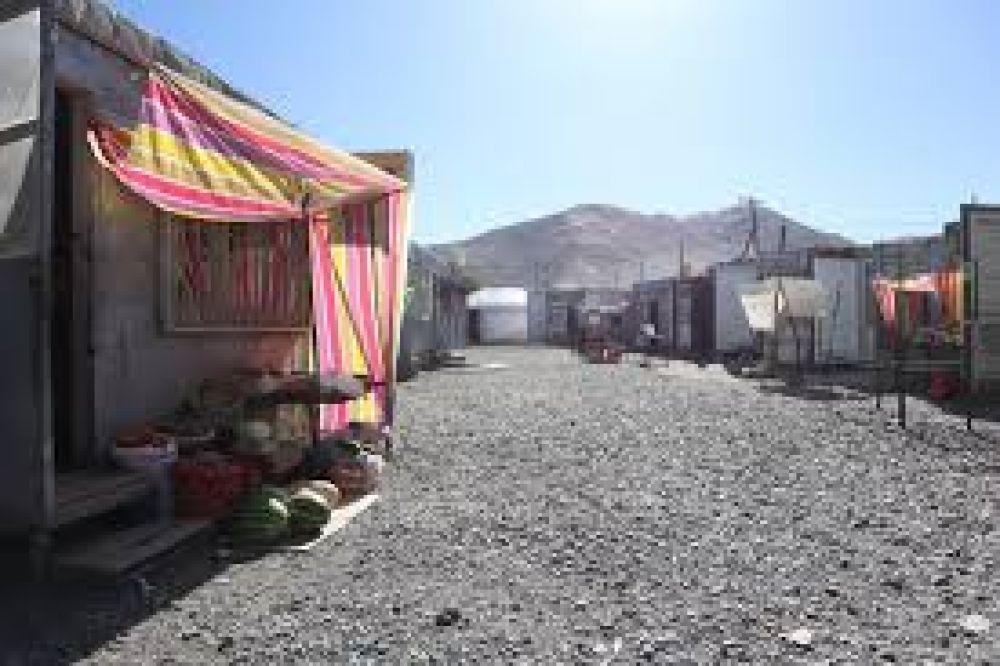

Located in the heart of the Pamir Mountains, Murghab is a remote town in the Gorno-Badakhshan Autonomous Province of Tajikistan. The history of tourism in Murghab is closely linked to the Murghab Bazaar, a central hub for trade and cultural exchange in the region. This market has served not only as a place of commerce but also as a gathering spot for locals and travelers alike, fostering a unique blend of cultural interactions.
For many years, due to its isolation and the challenging surrounding terrain, Murghab and its bazaar have remained relatively unknown to the outside world. It wasn't until the late 20th century, with the opening of the Pamir Highway—an ambitious road project that connected Tajikistan with Kyrgyzstan and Afghanistan—that Murghab started to witness an influx of adventurers and tourists seeking to explore the unspoiled landscapes of the Pamirs.
The dissolution of the Soviet Union and the subsequent independence of Tajikistan in 1991 brought about significant changes to the region. While initially destabilized by a civil war, the country eventually stabilized, and the Murghab Bazaar began to attract more attention from international tourists looking to experience the culture and nature of the Pamirs.
In recent years, eco-tourism and adventure tourism have become increasingly popular, with visitors being drawn to the region's rugged beauty, pristine nature, and the opportunity for authentic cultural immersion. Murghab Bazaar has become a must-visit destination for trekkers, mountaineers, and cultural enthusiasts making their journey along the Pamir Highway.
Community-based tourism has also gained traction, with many tourists seeking homestays and local experiences that allow them to understand the lifestyle of the Kyrgyz and Tajik people living in the region. This approach to tourism enables visitors to directly support the local economy.
Another trending aspect of tourism in the area has been the focus on sustainable practices. Efforts are being made to minimize the environmental impact of tourism and preserve the biodiversity and traditional ways of life that make the region unique.
With the internet's growing influence, social media has played a crucial role in highlighting Murghab Bazaar's charms. The iconic images of vibrant goods for sale against a backdrop of spectacular mountains have captured the imagination of travelers worldwide, adding an additional impetus for tourism growth.
Overland expeditions are also becoming popular, with tourists opting for cross-country vehicle tours that include Murghab Bazaar as a key stop for supplies and cultural experiences before venturing further into the high Pamir's remote areas.
Recognizing the potential for tourism, the Tajik government and various non-governmental organizations are working on improving infrastructure, such as road quality and accommodations, while ensuring the sustainability of tourism practices in and around Murghab Bazaar.
With continued interest in remote and unique travel destinations, Murghab Bazaar and the surrounding region will likely see a steady increase in tourism activity, provided that it is managed responsibly and in harmony with local communities and the environment.